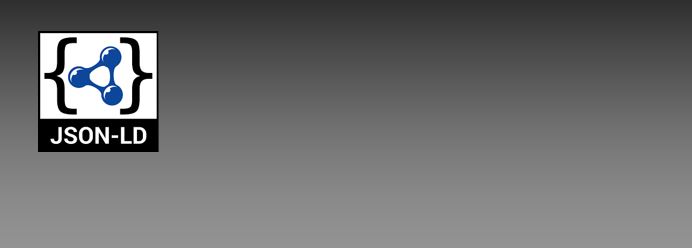Where do they fit in and why are they important?
RDF and JSON-LD are both data interchange standards and, being standards based, AllegroGraph supports both of these and other formats for data ingest.
RDF – Resource Description Format – is a W3C (World Wide Web Consortium) International standard – http://www.w3.org/RDF/
JSON-LD – JavaScript Object Notation – Linked Data – is also a W3C standard http://www.w3.org/TR/json-ld/ based upon the JSON standard.
RDF is the most mature standard for describing complex data and complex interrelationships for semantic data that do not fit into traditional relational database rows and columns or simple XML. It is also the standard that allows for data exchange of semantic graph databases that support contextual and conceptual meaning.
RDF has features that dramatically simplify data merging even if the underlying schemas differ. Specifically it supports the evolution of schemas over time without requiring all the data consumers to be changed – a powerful construct for today’s fast pace of change. This flexibility is another advantage when dealing with complex data, where legacy systems and datasets are merged or brought together with new, and rapidly changing data sources. If you have complex data, RDF is an excellent, extremely robust data representation ‘staging’ format for data import and export.
Another standard that provides similar interchange, one recently adopted by W3C is JSON-LD – which stores data in a contextually and conceptually and human readable rich form, similar like RDF. AllegroGraph supports both of these formats (and several others) for data exchange and for customer data portability.
RDF/JSON-LD extend the linking structure of the Web to use URIs to name the relationship between things. This linking structure is usually referred to as a “triple” and databases that store RDF are also referred to as “triple stores.” Using this simple but powerful data linking model, it allows structured and semi-structured data to be mixed, interconnected and shared across different applications.
Of course as a standard, RDF protects the value of the data you maintain in your graph database, so that it can be exported to other applications or even other semantic graph databases. It also provides vendor independence. For corporate enterprise applications, it is hard to consider building any solution not based on industry standards. And while open source is an interesting approach to software licensing since it seems to provide the safety of vendor neutrality, most open source offerings lack the enterprise features, accountable support, training, implementation and maintenance plans companies typically need. Open source ‘free’ is not without costs and risk.
RDF/JSON-LD deal with both structured and unstructured data – another aspect of most complex data sets. According to IDC, today, 80% of all data today is unstructured. There are additional standards for semantic data import and export including JSON, CSV, Turtle, N-triples, XML that AllegroGraph also supports.
RDF is not complex. It is human readable like XML, but with more structure – the known inter-relationships of the data. But it is the ability to represent real world data – complex data – with RDF that makes this industry standard an exceptional format for ingest into AllegroGraph. But like any advantage that has real tangible value, implementation is not free.
Some software vendors, particularly those with simple property graph solutions say that RDF is overkill; too hard, too much work, too complex. If you have a simple graph oriented problem, with simple data, which does not change so a static schema is fine, and if you have a simple problem that traditional RDB’s struggle to compute, like nearest neighbor, you might not need the power of RDF and a semantic graph database. Franz can help you understand your data requirements and see if there is a good fit.

